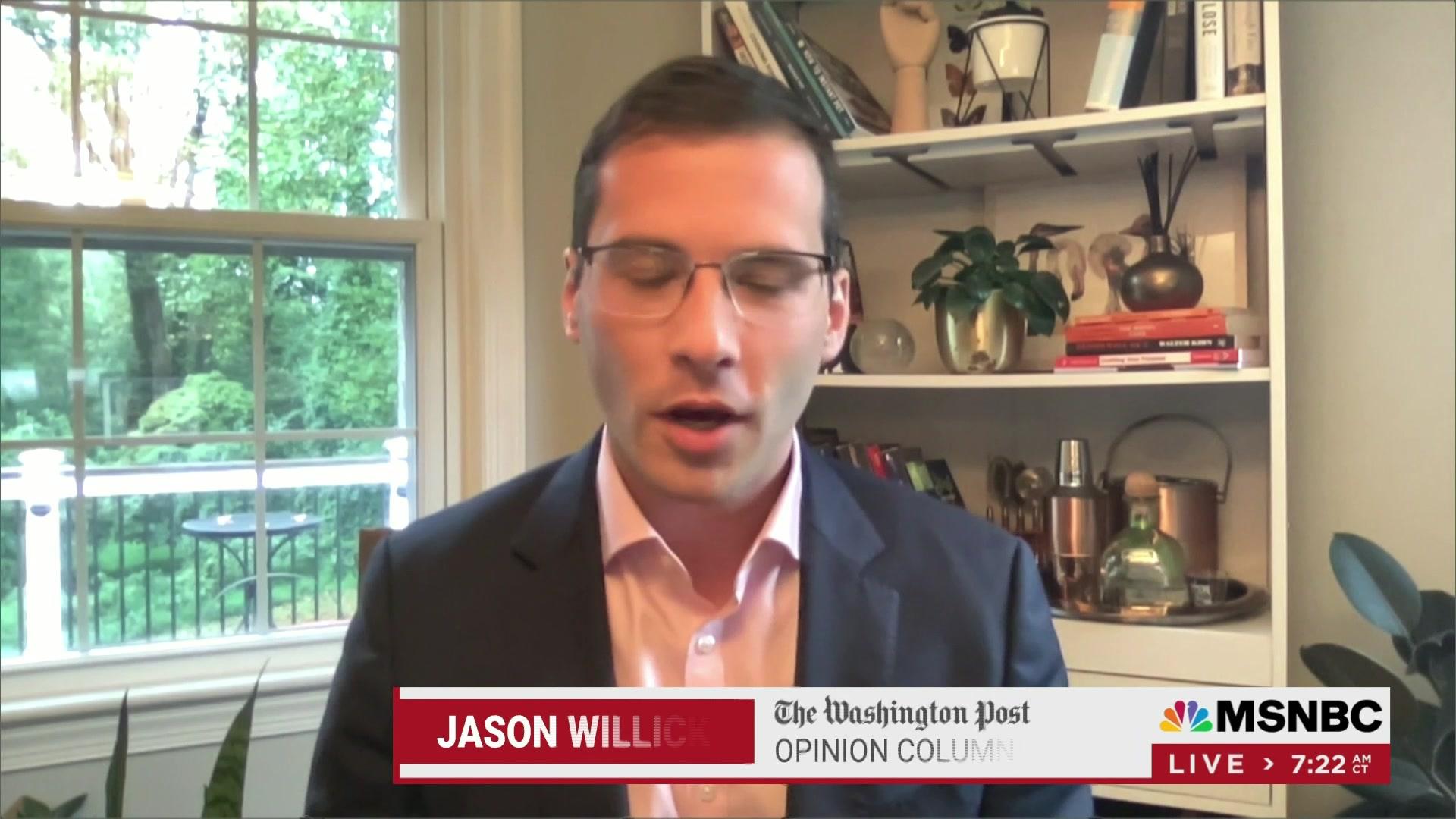The viewership of Morning Joe has consistently been a topic of interest among media enthusiasts and analysts alike. As one of the most prominent morning talk shows in the United States, Morning Joe offers a unique blend of news, politics, and commentary that resonates with a broad audience. This article aims to delve into the factors influencing its viewership, the demographics of its audience, and its impact on modern media.
Morning Joe, which airs on MSNBC, has carved out a niche for itself in the crowded morning show landscape. With its engaging format and a lineup of experienced hosts and contributors, it has managed to attract a loyal viewership base. Understanding the dynamics behind its success can provide valuable insights into the preferences of today's media consumers.
As we explore the viewership of Morning Joe, we will analyze various aspects, including its historical growth, the role of its hosts, and its competitive position in the media industry. By the end of this article, readers will have a comprehensive understanding of what makes Morning Joe a standout program and how it continues to engage its audience.
Read also:Chen Zheyuan Eo The Visionary Leader Revolutionizing Event Organization
Table of Contents
- Introduction to Morning Joe
- The History of Morning Joe
- Key Hosts and Their Impact
- Demographics of Morning Joe's Audience
- Viewership Ratings and Trends
- Competitors in the Morning Show Landscape
- The Unique Format of Morning Joe
- Challenges Faced by the Show
- The Future of Morning Joe
- Conclusion and Key Takeaways
Introduction to Morning Joe
Morning Joe is a morning talk show that premiered on MSNBC in 2007. The show is named after its original co-host, Joe Scarborough, and has since evolved into a prominent platform for discussing current events, politics, and social issues. Its format combines interviews, panel discussions, and commentary, making it a favorite among news enthusiasts.
Why Morning Joe Stands Out
One of the reasons Morning Joe has maintained its popularity is its ability to balance serious news coverage with lighter, more conversational segments. This approach appeals to a wide range of viewers, from political junkies to casual news consumers.
The History of Morning Joe
Launched in 2007, Morning Joe quickly gained traction due to its unique blend of news and commentary. Over the years, the show has undergone several changes, including host transitions and format adjustments, but it has consistently remained a staple in the morning television lineup.
Key Milestones
- 2007: The show premieres on MSNBC.
- 2012: Mika Brzezinski becomes a permanent co-host.
- 2019: Willie Geist and Way too Early merges with Morning Joe.
Key Hosts and Their Impact
The hosts of Morning Joe play a crucial role in shaping its content and appeal. Joe Scarborough, Mika Brzezinski, and Willie Geist have each brought their own style and expertise to the show, contributing to its success.
Host Profiles
Below is a table summarizing the key hosts of Morning Joe:
| Name | Role | Years Active |
|---|---|---|
| Joe Scarborough | Co-host | 2007 - Present |
| Mika Brzezinski | Co-host | 2012 - Present |
| Willie Geist | Co-host | 2019 - Present |
Demographics of Morning Joe's Audience
Understanding the demographics of Morning Joe's audience is essential to comprehending its viewership trends. The show attracts a diverse audience, with viewers ranging from young professionals to retirees interested in current affairs.
Read also:Dean Anderson 2024 Unveiling The Journey Achievements And Future Prospects
Key Audience Characteristics
- Age: Primarily 35-65 years old.
- Gender: Balanced between male and female viewers.
- Geographic Location: Predominantly urban and suburban areas.
Viewership Ratings and Trends
The viewership of Morning Joe has shown steady growth over the years, with occasional spikes during significant political events. Nielsen ratings consistently rank Morning Joe among the top morning shows in terms of viewership.
Factors Influencing Ratings
Several factors contribute to the show's ratings, including:
- Timely and relevant content.
- Engaging hosts and guests.
- Strong social media presence.
Competitors in the Morning Show Landscape
Morning Joe faces stiff competition from other morning shows such as Good Morning America, Today, and CBS This Morning. Each of these programs offers its own unique appeal, making the morning television landscape highly competitive.
Comparative Analysis
While Morning Joe focuses on news and politics, its competitors often emphasize entertainment and lifestyle segments. This differentiation helps Morning Joe carve out a niche in the market.
The Unique Format of Morning Joe
The format of Morning Joe sets it apart from other morning shows. Its emphasis on in-depth discussions and interviews with prominent figures makes it a go-to source for news and analysis.
Key Features of the Format
- Live interviews with newsmakers.
- Panel discussions on current events.
- Light-hearted segments to balance serious content.
Challenges Faced by the Show
Despite its success, Morning Joe faces challenges such as maintaining relevance in a rapidly changing media landscape and addressing criticism from various political factions. Navigating these challenges requires adaptability and innovation.
Strategies for Overcoming Challenges
To address these challenges, Morning Joe employs strategies such as:
- Incorporating diverse perspectives in discussions.
- Utilizing digital platforms to reach a wider audience.
- Engaging with viewers through interactive content.
The Future of Morning Joe
Looking ahead, Morning Joe is poised to continue its growth and influence in the media industry. With plans to expand its digital presence and explore new formats, the show aims to remain a leader in morning television.
Upcoming Initiatives
- Launching a companion podcast.
- Incorporating more virtual segments.
- Enhancing viewer interaction through social media.
Conclusion and Key Takeaways
In conclusion, the viewership of Morning Joe is driven by its engaging content, experienced hosts, and commitment to delivering timely news and analysis. By understanding its history, audience demographics, and competitive position, we gain valuable insights into its enduring success.
We invite you to share your thoughts and feedback in the comments section below. Additionally, explore other articles on our site for more insights into the world of media and entertainment. Together, let's continue the conversation and stay informed about the latest trends shaping our world.
References:
- Nielsen Ratings
- MSNBC Official Website
- Media Industry Reports


